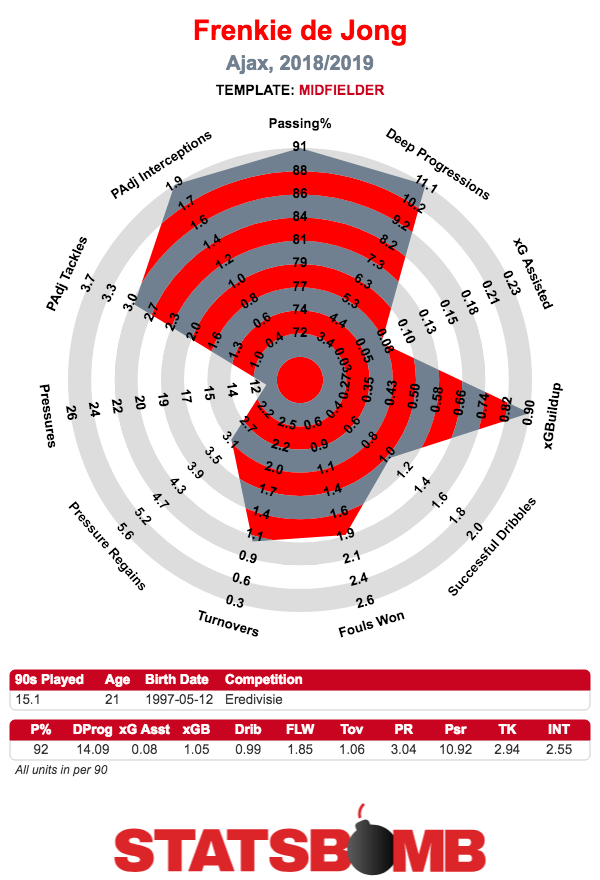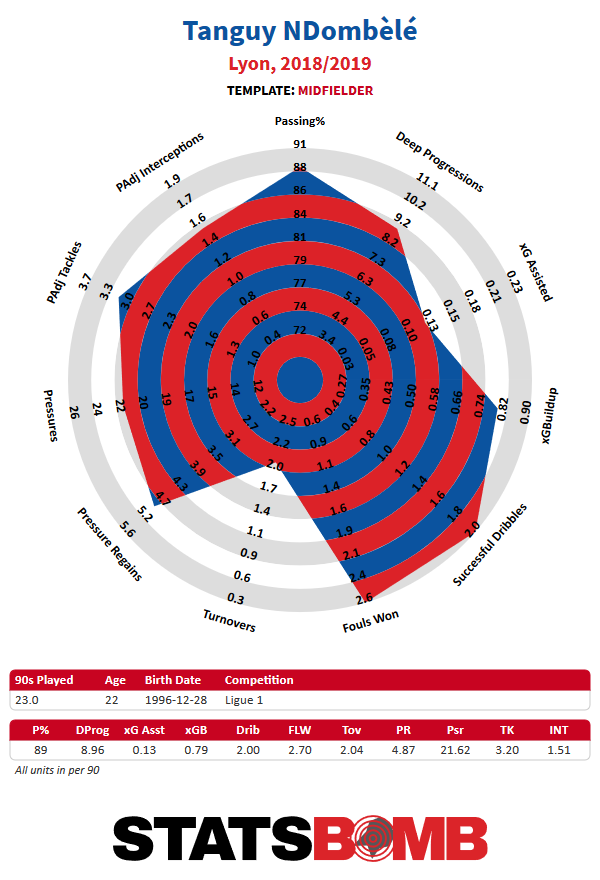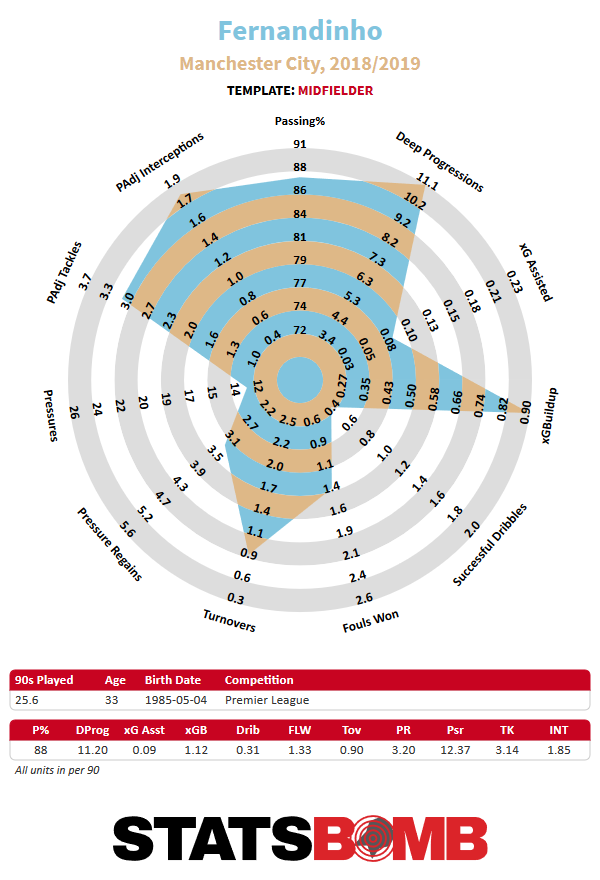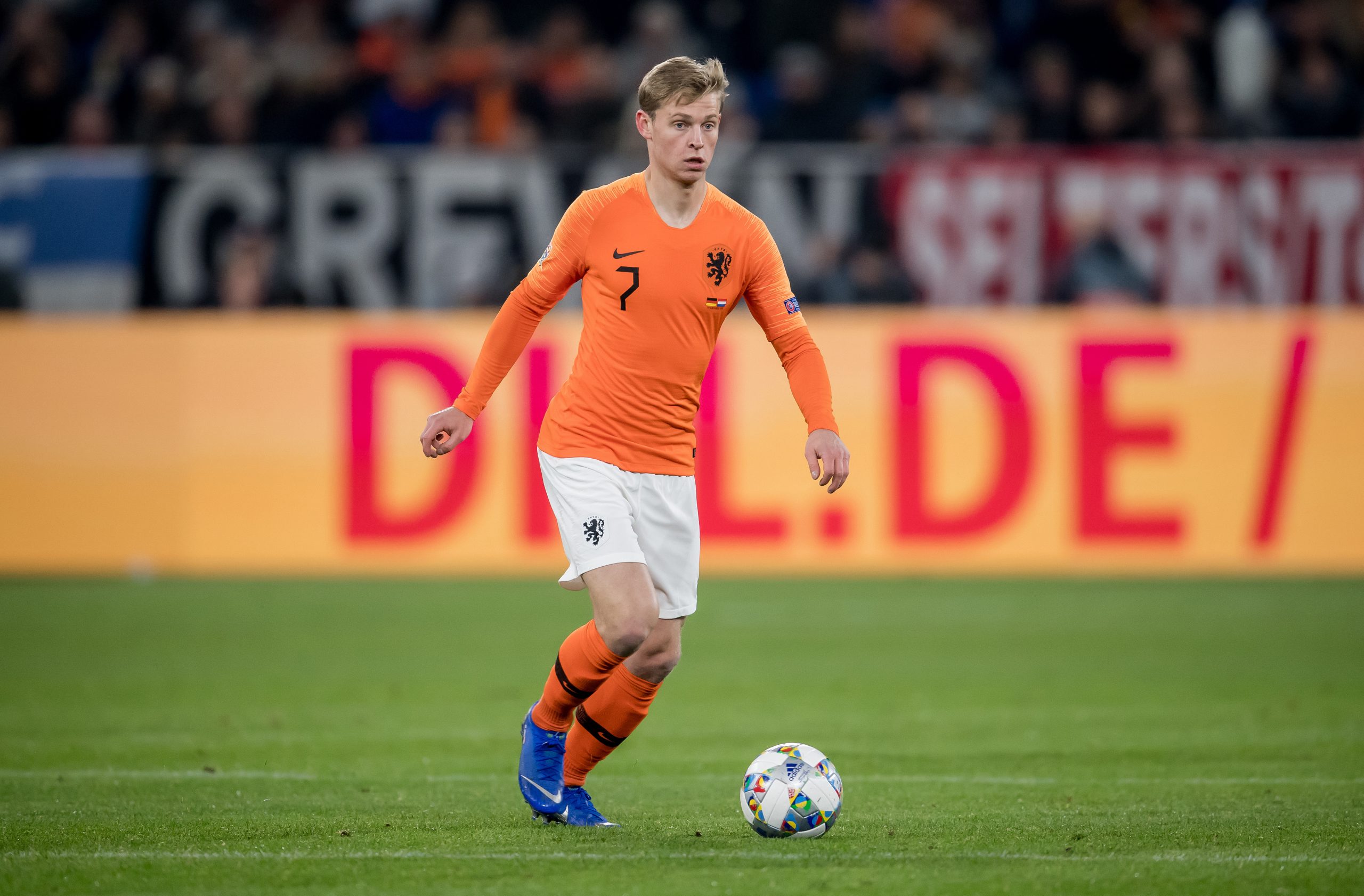There’s a nostalgia about the Premier League of the late ’90s and early 2000s that makes one position in particular especially romantic. For all the Henrys and Shearers of the day, there were those behind them making the team tick. These iconoclasts of lad-ism, purveyors of proper football, were generally known as hard men. Tasked with a vague description of adding ‘steel’ and ‘heart’ to the center of the pitch, the ability to impose their masculinity on inferior players through physicality allowed many average midfielders to achieve legendary status as they fouled, fought and intimidated their way into the annals of history.
Outside of the moralizing rhetoric ascribed to the necessary, if uncomplicated, job they performed, the importance these players assumed at the time made sense. Without a universal implementation of team tactics, a superior physical presence in the middle of the pitch would’ve surely made the difference in a time where manipulating space and tactical positioning was but a twinkle in a tactics blogger’s eye. It was, after all, an era revolutionized by the idea that simply cutting back from two packs a day might make running easier.
Alas, as postmodernity began its wholly encompassing creep upon a mainly white but sometimes black world, the death of the hardman came fast. Though the words of these ancient heroes would forever echo in the places of punditry mere meters away from the pitch, the players who replaced them were far from the cardboard cutouts of yesteryear. Midfielders with supreme technical ability, ones whose awe-inspiring passes could palpably harness the movements made by cogs perpetuating more advantageous footballing ideologies, were now preferred to the ever-aging figureheads of fear. The Alonsos and Pirlos of the world set forth a basis for which the next ideal form could exist.
With better use of spacing, pressing, and passing all taking hold, it’s no wonder the current crop of influential midfielders all maintain some confluence of everything that came before them. As much as one might jest, there would be no Frenkie De Jong without Roy Keane, no Jorginho without Vinnie Jones. However different their jobs may appear to be, each step in football informs the next in the same way each evolution of players influences those who grew up watching them. This generation, like any other, has a class of individuals endowed with special abilities that make them uniquely talented.

Everyone’s favorite twitter clip-up player, Frenkie De Jong, is probably the most obvious example of someone with special individual qualities. What allowed a 21-year-old to command such a high price is down to the way he progresses the ball, but dribbling and incisive passing is just a part of how De Jong draws defenders towards him and clears out space further up the field. Barcelona, the spiritual and commercial successor to Ajax in Europe’s top five leagues, will be looking to harness what’s at the base of his exceptionally high deep progressions. His holistic understanding of relative positioning allows him to seamlessly transition between defense, midfield, and attacking lines without leaving gaping holes in the team.

Tanguy Ndombele is another case of a player with an innate-ness worth its weight in gold. Similar to De Jong, his elite dribbling ability and inclination to do so in midfield areas makes him extremely dangerous in transition and when the opposition is looking to press high up the field. Amazingly, Ndombele’s game-changing ability carries over to his passing and pressing attributes as well, making him a safer prospect than midfielders like Tiémoué Bakayoko and perhaps even Naby Keïta- ones who benefitted from the tactical dynamic of a team that saw a lot of space in midfield because they weren’t expected to monopolize possession. Once they made their moves to teams who are forced into having less space in transition or during their average game, they had less space to operate. They’re still the same, amazing players they were before, but they’re in a different environment. NDombele’s passing, pressing and general play suggests that his wide range of abilities would supersede a transition from any tactical dynamic.
What strings these elusive transfer targets to players like Georginio Wijnaldum or Miralem Pjanić, however, is how they distribute the ball. The common, almost necessary attribute underpinning any well-known midfielder of this ilk is their intelligence on the ball. Though that may seem like something that makes any midfielder during any era of football great, the underlying conditions most possession teams must operate in relation to have called for today’s deep-lying midfielders to be everything their positions were before and more. Jorginho might not have the physicality of a Patrick Vieira, but the circulatory manner in which he uses Maurizio Sarri’s structure to circumvent pressing actions can achieve a similar result.
These players are not only ensuring the passage of possession to the final third, but they’re distributing in a way that protects the team from a counterattack. It’s what coaches like Pep Guardiola and Mauricio Pochettino are talking about when they refer to players who “see the space.” It’s not about directly assisting an attacking player or literally playing a forward into an open area; it’s about ensuring the entire team is at equilibrium. Possession nowadays is more about knowing how to possess the ball than it is merely maintaining the players and structures to do so.
A good example of this frustratingly unquantifiable kind of distribution is Miralem Pjanić’s performances against Atletico Madrid in the Champions League. Plagued by flu-like symptoms, Pjanic’s passing was slow and labored in the first leg. His distribution, in addition to a strange positional experiment where Rodrigo Bentancur only served to open up space for Pjanić, allowed Atletico to corral possession in areas where they could win it back and counter from. The second leg was a different story.
In that game, Pjanić was back to his brilliant best when Juventus needed him most. Tasked with deciding whether the ball was best used at the feet of Leonardo Spinazzola and João Cancelo or directly to Cristiano Ronaldo, Mario Mandzukic, and Federico Bernardeschi, Juventus were able to overcome their 2-0 deficit without the presence of traditionally creative number ten. The crossing used by the fullbacks was relatively risk-averse considering the midfield of Blaise Matuidi, Pjanić and Emre Can were ready to sweep up if Atleti wanted to spring forward. When the more direct option presented itself, Pjanic bypassed the eager, ball-winning Atletico midfield through lofted balls from himself, Leonardo Bonnucci, and Giorgio Chiellini.
The entire approach addressed the gravity of their situation while never erring into the rashness of overexposing themselves in places the opposition would’ve wanted them to. One might argue that if Massimiliano Allegri had deployed someone like Paulo Dybala through the middle from the start -the kind of player that was going to take risks in possession for the sake of creating attacking opportunities- they might not have survived to face Ajax. That isn’t to say Pjanić is better or more valuable as an attacking player than the Argentine, but it does underline the subtle role players like Pjanić serve.
It’s a similar case with Georginio Wijnaldum. Though his performance in many of the categories pales in comparison to his midfield compatriots, Wijnaldum finds himself an increasingly important cog in Klopp’s current Liverpool. With their greater emphasis this season on beating teams who ask questions of their possession game, Wijnaldum’s intelligence in distribution sees him selected over players who are more gifted in other, more directly observable ways. As much as Liverpool fans might cry out for a more ostensibly attack-minded midfield option, because of how he moves the ball, he’s as essential to the chances their front three ends up creating as he is snuffing out the moments where Liverpool are vulnerable. It’s Liverpool’s system that has the most influential part in creating chances, not the individual brilliance of sole players- an ethos carried over to the dynamic of their title rivals, Manchester City.

Despite İlkay Gündoğan being touted as Guardiola’s next necessary midfield component when he first arrived at City, it’s been Fernandinho that has dominated the position. While much of Gündoğan’s absence can be attributed to injuries, Fernandinho’s understanding of what Guardiola needs, in addition to an extraordinary ability to foul, foul, and foul some more for the sake of stopping counter-attacks, is part of what has made him indispensable to the team. Guardiola still speaks highly of the German’s ‘scent for goal,’ and with recent performances in the league and at Schalke, it appears that just three years on, Gündoğan is finally understanding the role he needs to play to justify a place alongside Kevin De Bruyne and David Silva. But whether Gündoğan can temper his own individual attacking inclination with the intelligence and defensive attributes Fernandinho brings to the team remains to be seen.
With football forever synthesizing by reacting to its own evolutions and revolutions, each period distinguishes itself by the exceptional players its time gives birth to. We rightly associate a previous era with Keane and Vieira because they’re the ones who were in the right place and the right time to define it. Strength, a body full of intangibles, and some skill allowed them to command the landscape that existed at the time. Now, with sports science, data, and a metaphysical focus on how to best succeed in an increasingly rocky environment, the players we’ll remember when our children's children are mocking up hologram clip-ups for the twenty-minute shuttle ride across the planet will be those who defined the era with their attributes — those who knew how to move the ball.
